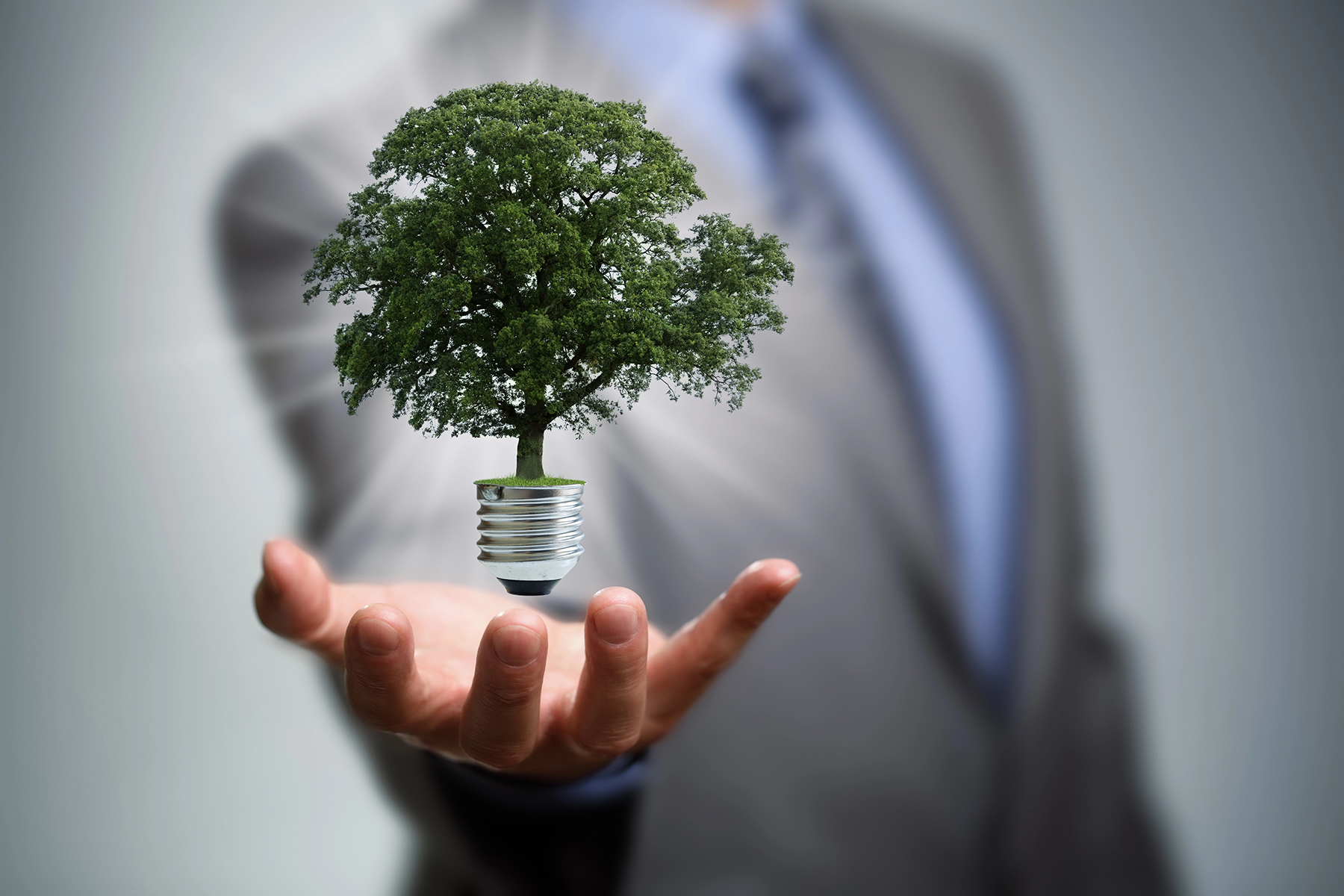Sneha Lele, SDSC Communications, contributed to this story
Scientists from the University of Massachusetts Lowell (UMass Lowell) and Virginia Polytechnic Institute and State University (Virginia Tech) recently utilized U.S. National Science Foundation ACCESS resources at the San Diego Supercomputer Center (SDSC) at UC San Diego to run density functional theory (DFT) calculations that showcase how carbon dioxide from fossil fuel combustion can be converted to higher-carbon chain fuels – supporting the nation’s transition to clean energy.

Their findings were published in an article entitled Engineering bimetallic interfaces and revealing the mechanism for carbon dioxide electroreduction to C3+ liquid chemicals in the Cell Reports Physical Science journal.
“ACCESS allocations on Expanse allowed us to use DFT for a better understanding of the electrochemical reduction of carbon dioxide to produce liquid,” said Fanglin Che, assistant professor of chemical engineering at UMass Lowell. “This means that we are one step closer to creating a source of clean energy – with net-zero carbon impact.”
The process examined by the researchers is known as carbon dioxide electrochemical reduction (CO2RR) and transforms carbon dioxide into fuel – using electrical energy. While this process has been studied for several years, until now the mechanisms and catalyst design rules for promoting CO2RR were unknown. Che said that scientists are now one step closer to understanding how to best make this fuel – thanks to ACCESS and San Diego Supercomputer Center.
Hongliang Xin of Virginia Teach explained that the team specifically used their ACCESS allocations on Expanse to delve into details of the reaction mechanism of CO2RR and its conversion into valuable C3+ hydrocarbons, which are metals. “We learned more about how to use C3+ products as a liquid fuel for power generation by adjusting carbon monoxide coverage,” said Xin, an associate professor at Virginia Tech. “Our findings suggest that it may be possible to generate high carbon chain fuels from carbon emissions using renewable electricity.”
The team will use the lessons learned from this study to incorporate bimetallic catalysts for generating C3+ liquid chemicals from carbon dioxide conversion. Che said that continued research will also utilize ACCESS allocations on Expanse as well as the Massachusetts Green High-Performance Computing Center.
Project Details
Resource Provider Institution(s): San Diego Supercomputing Center (SDSC)
Affiliations: UMass Lowell, Virginia Tech
Funding Agency: This work was funded by the Department of Navy (award no. N00014-22-1-2001) as issued by the Office of Naval Research, the Department of Energy, Basic Energy Science, Catalysis Science, Early Career Research Program (award no. DE-SC0024553), and the National Science Foundation Chemical Catalysis Program (award no. CHE-2102363). Computational resources were provided by the Massachusetts Green High-Performance Computing Center and SDSC. The SDSC resources were supported by the Advanced Cyberinfrastructure Coordination Ecosystem: Services & Support (ACCESS) program (award no. CHM230001).
Grant or Allocation Number(s): CHM230001
The science story featured here was enabled by the ACCESS program, which is supported by National Science Foundation grants #2138259, #2138286, #2138307, #2137603, and #2138296.


